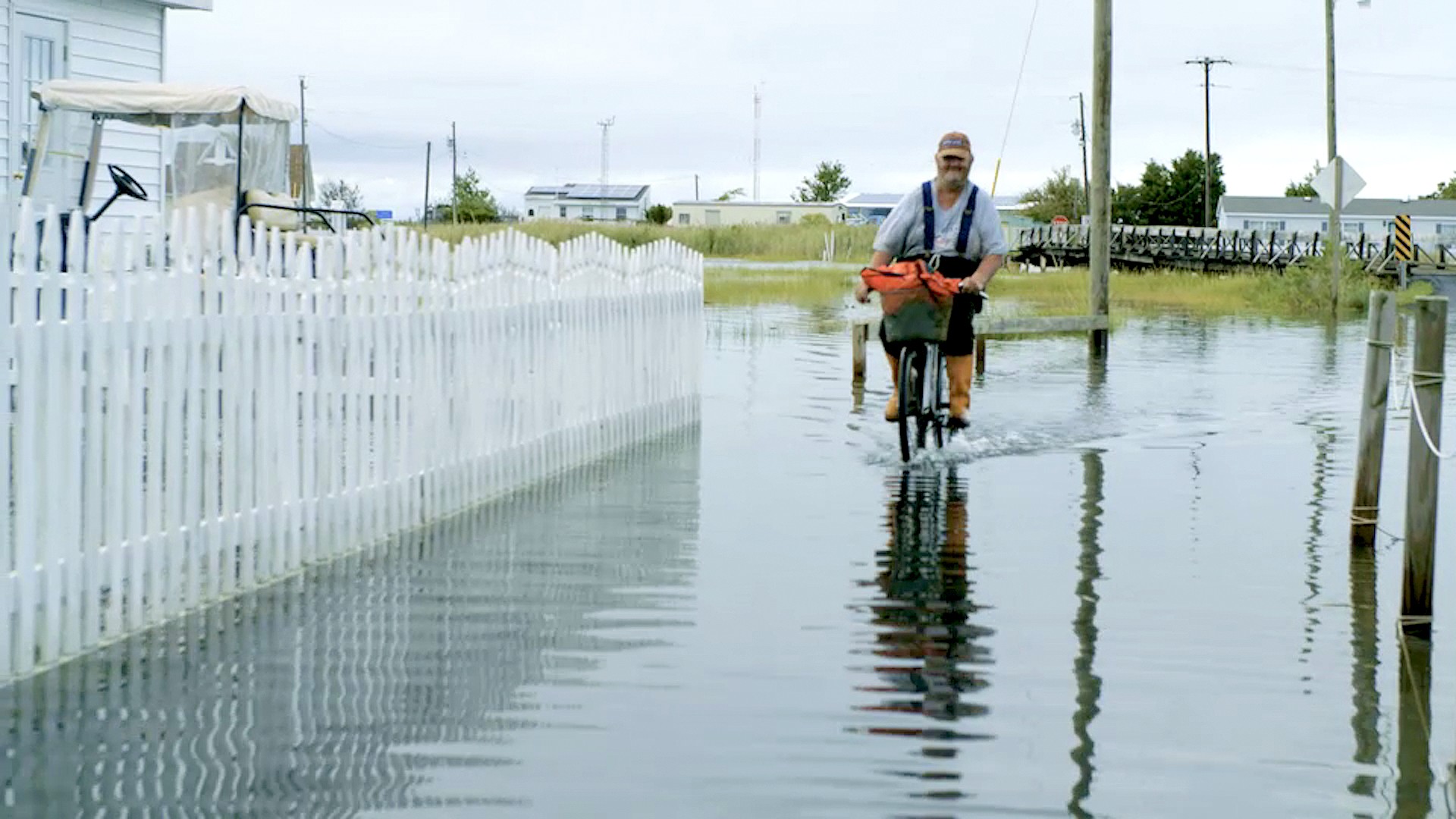As fires rage in California, a new study indicates that the droughts that can fuel these fires are going to become more frequent in the coming decades — thanks to melting glaciers.Climate change — and glacial melt in the Arctic, specifically — will lead to up to 15 percent less rainfall in California in the next 20 to 30 years. The study, published Tuesday in a journal by researchers at the Lawrence Livermore National Laboratory at the University of California, Berkeley as fires raged around metropolitan Los Angeles found that melting sea ice in the Arctic could lead to atmospheric conditions that drive rainfall away from the state.“We should be aware that an increasing number of studies, including this one, suggest that the loss of Arctic sea ice cover is not only a problem for remote Arctic communities, but could affect millions of people worldwide,” lead researcher Ivana Cvijanovic said in a release.The study stops short of attributing the recent 2012–2016 drought to the melting of Arctic sea ice. But the atmospheric conditions that allowed for the historic drought are similar to what the researchers predict will happen if sea ice continues to melt. The loss of ice will create high-pressure “atmospheric ridges” in the Pacific that would drive storms away from California. A similar pressure pattern, which meteorologists nicknamed the “ridiculously resilient ridge,” parked itself over the northeastern Pacific and drove storms northward, away from California, during the four-year drought that ended in April of this year.The Golden State is in a double bind when it comes to drought and fire. Experts will debate the connections between climate change and this year’s particularly deadly fires for some time. But one explanation for the ferocity of this year’s fires, says Arizona State University fire historian Stephen Pyne, is that a wet winter, following the four-year drought, brought vegetation back to life. And when that vegetation dried out in the fall, it created plenty of fuel for the flames.But drought isn’t the only factor: Frequency and intensity of wet and dry periods makes fire seasons extreme.“You put drought on top of what is already an annual event, and suddenly you get all these compounding dry spells, maybe followed by a wet spell — it’s perfect” for fire, Pyne told VICE News.While the study published Tuesday predicts an overall decrease in the rainfall on average by about 10 to 15 percent over the coming decades, the effects would hit sporadically. “Some individual years could become much drier, and others wetter,” Cvijanovic said in the release.The study is the latest federally-funded research to highlight the perils of climate change to be published while President Donald Trump and his administration attempt to ignore the risks. In November, the federal government released its National Climate Assessment, which directly linked climate change to today’s wildfires in the Southwest.“Increased heat, drought, and insect outbreaks, all linked to climate change, have increased wildfires,” the report reads.
Advertisement
